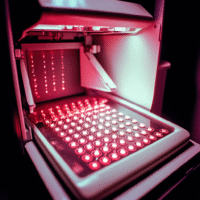Understanding the Study Results
This study looked at how well home blood pressure (BP) measurements match those taken at the clinic for patients on long-term dialysis. Here’s what we found:
What Worked?
- Home BP measurements were fairly similar to clinic measurements after dialysis.
- Patients who measured their BP at home showed a moderate agreement with clinic readings.
What Didn’t Work?
- There was still some variability in BP readings, meaning they can change a lot from one measurement to another.
- More research is needed to find the best ways for patients to monitor their BP at home.
How This Helps Patients and Clinics
These findings can help patients by encouraging them to monitor their BP at home, which can provide valuable information for their healthcare providers. Clinics can use this data to better understand how patients are doing outside of the clinic setting.
Real-World Opportunities
- Hospitals can educate patients on how to measure their BP at home.
- Doctors can use home BP data to make more informed treatment decisions.
Measurable Outcomes to Track
- Track the average home BP readings of patients.
- Monitor how often patients take their BP at home.
- Evaluate any changes in treatment based on home BP data.
AI Tools to Consider
There are AI tools that can help analyze BP data collected at home. These tools can identify patterns and alert healthcare providers if a patient’s BP readings are concerning.
Step-by-Step Plan for Clinics
- Start by educating patients on the importance of home BP monitoring.
- Provide simple instructions on how to measure BP correctly.
- Encourage patients to keep a log of their BP readings.
- Review these readings during clinic visits to adjust treatment as needed.
- Gradually incorporate technology, like apps or AI tools, to help track and analyze BP data.
For more detailed information about this study, you can visit ClinicalTrials.gov.






























